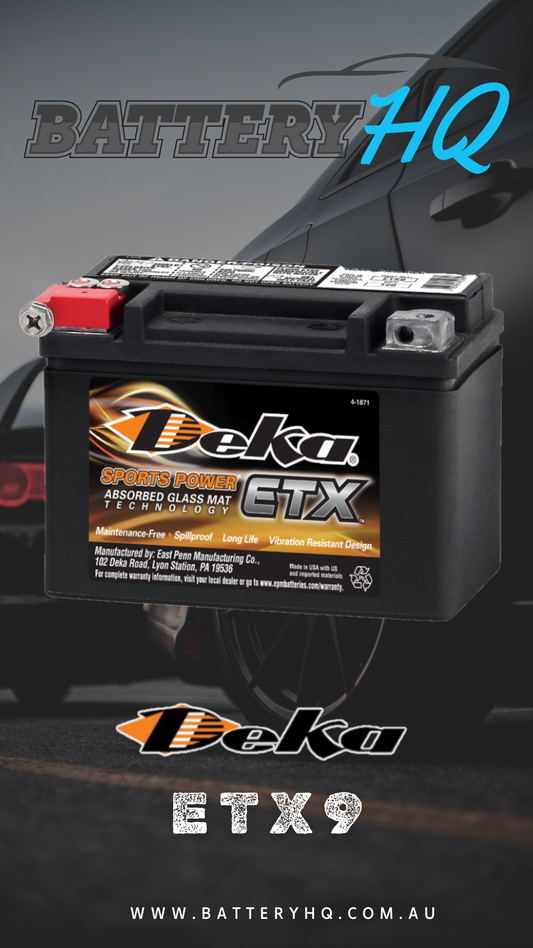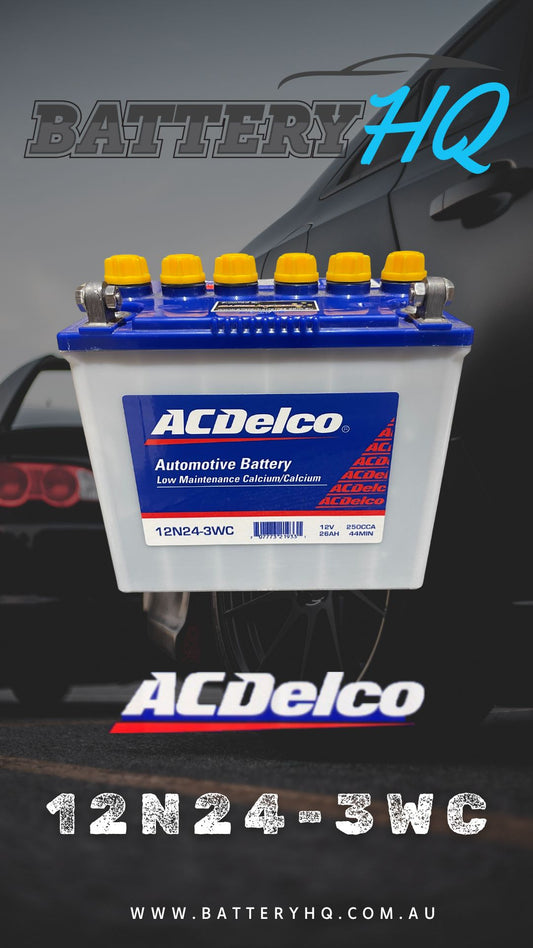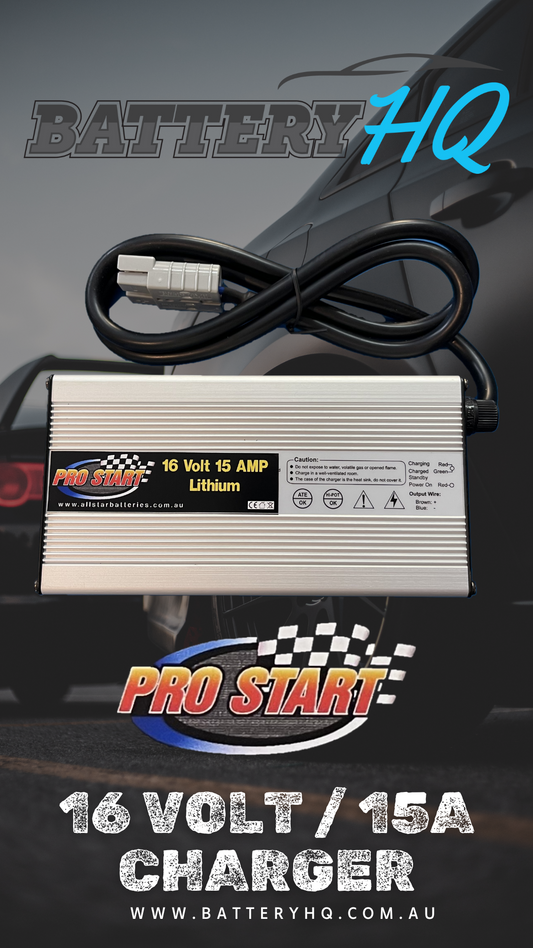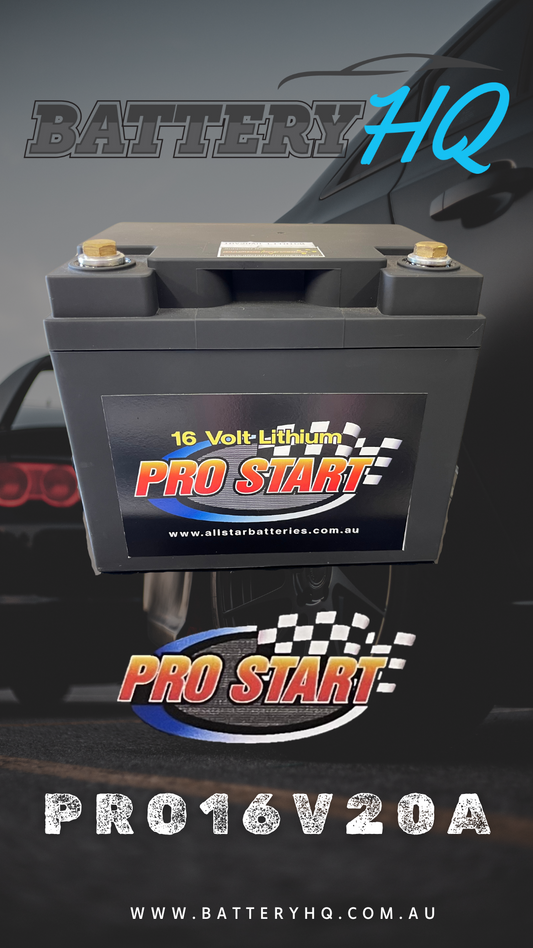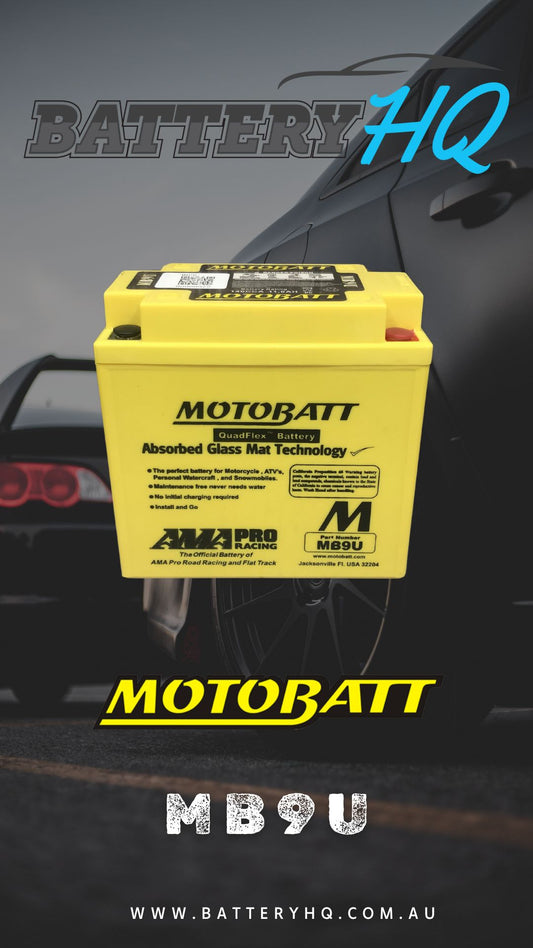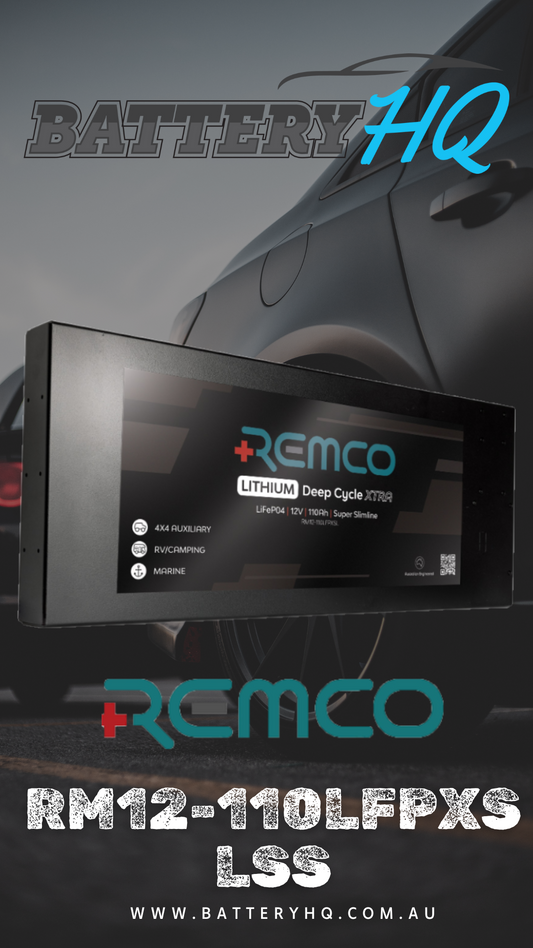Cross Reference - Commercial
| ACDelco | Predator | Delkor | Bond/ Deka | Bosch | Caterpiller | Century, Yuasa, Besco | Enirgi (Alco) | Exide & Marshall | Exide & Marshall | Lion | Power | Super- charge | RACV/ NRMA | XCellR8 |
| Crank | ||||||||||||||
| Commercial Vehicle | ||||||||||||||
| S80D26R/ | MF50ZZ | NX110-5MF | 356/ 85D26R | 90D26R | 9X-1383 | NS70XMF/ | MF90D26R | XN50ZZMF | N50ZZMF/ | 364/ 464B | NS70 | MF80D26R/ | 4503 | X80D23R |
| AD80D26R | NS70MF | LMN50ZZ | SMFNS70X | |||||||||||
| S80D26L/ | MF50ZZL | NX110-5LMF | 357/ 85D26L | 90D26L | 9X-1382 | NS70LXMF/ | MF90D26L | XN50ZZLMF | N50ZZLMF/ | 363/ 463B | NS70L | MF80D26L/ | 4504 | X80D23L |
| AD80D26L | NS70LMF | LMN50ZZL | SMFNS70LX | |||||||||||
| HCC24SC | 356SMF/ 456 | 3T-5857/ | XN50EX | TMNS70 | ||||||||||
| 153-5656 | ||||||||||||||
| HCC24LSC | 357SMF/ 457 | 3T-5858 | XN5050EXL | TMNS70L | ||||||||||
| AD95D31R | MF70ZZ | 27H-680 | 382 | 75D31R | N70ZZXMF/ | MF75D31R | LMN70ZZ | 382 | SMFN70ZZX | XN70ZZ | ||||
| N70ZZMF | ||||||||||||||
| AD95D31L | 27HR-680 | 383 | N70ZZLXMF/ | MF75D31L | LMN70ZZL | SMFN70ZZLX | XN70ZZL | |||||||
| N70ZZLMF | ||||||||||||||
| S95D31RHD | MF70ZZ | 27H-780 | MF382/ 384 | 105D31R | N70ZZXHD/ | MF105D31R | XN70ZZMF | N70ZZMF/ | 482 | N70ZZ | MF95D31R | 4705 | XN70ZZ | |
| N70ZZHDMF | N70ZZ | |||||||||||||
| S95D31LHD | MF70ZZL | 27HR-780 | MF383/ 385 | 105D31L | N70ZZLXHD/ | MF105D31L | XN70ZZLMF | N70ZZLMF/ | 381/ 481 | N70ZZL | MF95D31L | 4704 | XN70ZZL | |
| N70ZZHDLMF | N70ZZL | |||||||||||||
| HCC27SC | 125D31R | 384SMF/ | 125D31R | 8C-3601 | 27-TRUCK | XN70ZZMF | TMN70ZZ | |||||||
| 382Ca | ||||||||||||||
| HCC27LSC | 125D31L | 385SMF/ | 125D31L | 8C-3602 | XN70ZZLMF | TMN70ZZL | ||||||||
| 383Ca | ||||||||||||||
| 86BHD | 86Ca | 86Z/ 86 | 86B | |||||||||||
| HCC30H | 115-2422/ | 87 | 86A | |||||||||||
| 8C-3627 | ||||||||||||||
| S31-901MF | HCC31SC | 31-900 | 31P-950/ | 31-901 | 115-2421/ | 86MF | MF31-900 | 31-950 | 386/ 485 | N86 CP | MF31-931 | 4862 | ||
| 7T31P | 8C-3633 | |||||||||||||
| S31-900MF | HCC31TSC | 31-900T | 7T31/ 1131MF | 31-930T | 86ZTMF | MF31S-900 | 31-950C | 31-1100C | 485T | MF31-930 | ||||
| 31-1000 | 1131PMF/ | 115-2422/ | 86ZMF | MF31-1000 | 31-1100MF | 487 | ||||||||
| 1231PMF | 9X-3404 | |||||||||||||
| SN100 | MF100 | N100R | 390 | T4077 | N100MF | N100DMF | N100 | 490 | N100 | MFN100 | 4901 | |||
| SN100L | HCC100LXHD | N100L | 390R | N100LMF | 490L | N100L | ||||||||
| N120 | 392 | N120 | N120 | 292 | ||||||||||
| SN120 | MF120 | N120 | 392Ca | 115F51 | N120MF | MF135F51 | N120MFF | N120MF | 292/492 | N120 | MFN120/ | 4922 | ||
| TMN120P | ||||||||||||||
| DINAN120 | N120R | 392ACa | N120LMF | N120EURO | N120MFE | 392R/ 492R | ||||||||
| MFN120A | ||||||||||||||
| N150 | 391 | N150 | N150 | 291 | ||||||||||
| SN150 | MF150 | N150HD | 145G51 | 153-5700/ | N150MF | MF160G51 | N150MFF | 4D | 391/ 491 | N150 | MFN150 | 4952 | ||
| 9X-9720 | ||||||||||||||
| SN150L | MFN150A | N150RHD | MFN150A | N150LMF | N150EURO | N150MFE | 294E/ 494E | |||||||
| MFN150B | 391Ca | 4D-N150Z | TMN150P | |||||||||||
| MFN180A | N165 | |||||||||||||
| MFN180B | 153-5710 | |||||||||||||
| N200 | 395 | N200/ | 295 | N200 | ||||||||||
| 8D-N200Z | ||||||||||||||
| SN200 | MF200 | 8D 1300HD | 395Ca/ | 190H52 | N200MF/ | MF210H52 | N200MFF | 8DMF/ N200 | 395/ 495 | MFN200/ | 4998 | |||
| MFN200B | 8DMF1200 | TMN200P | ||||||||||||
| HCC200XHD | 8D 1500 | 153-5720 | ||||||||||||
| N200A | N200LS | |||||||||||||
| MFN200A | 8D 1300RHD | MFN200A | N200EURO | N200MFE | 395L | |||||||||
| MF94B | 94Ca | 8C-3622 | 94Squat/ 94 | ABXN94 | N94MF | N94P/ 94B | 394/ 294 | N94 | TMN94P | 4941 | ||||
| N03 | N03 | 3 | 3 | 6603 | ||||||||||
| DC1 | 901MF | 12A | ED12 | ED1 | 6612 | |||||||||
| N26 | 627Ca / | 26 | 26B | 325 | N31 | TMN25 | 6626 | |||||||
| 631Ca | ||||||||||||||
Product Documentation
AC Delco Warranty Documentation
ACDelco Warranty Information
ACDelco Batteries are warranted throughout Australia against faulty workmanship and materials. Depending on the battery and application the amount of time covered varies, refer to the table below for details.
If an ACDelco Battery is defective (other than for the warranty exclusions specified below) during that period, we will replace or repair it at our cost. To make a claim please return the part to the place of purchase, or your nearest authorised ACDelco stockists. Our goods come with guarantees that cannot be excluded under the Australian Consumer Law. You are entitled to a replacement or refund for a major failure and for compensation for any other reasonably foreseeable loss or damage. You are also entitled to have the goods repaired or replaced if the goods fail to be of acceptable quality and the failure does not amount to a major failure. The benefits under this warranty are in addition to other rights and remedies you may have at law.
This voluntary warranty is given by GM Holden Ltd (trading as ACDelco) of 191 Salmon Street, Port Melbourne,
Victoria, Australia. For customer assistance, please call us toll free on 1800 ACDelco (1800 223 352).
WARRANTY CONDITIONS
This warranty does not cover:
- Normal wear and tear.
- Labour for removal, and replacement of the unit, from the vehicle unless prior written approval has been obtained from ACDelco.
- Parts which have been subjected to deliberate abuse.
- Conditions resulting from abnormal wear, negligence, alterations or accidents.
- Incorrect fitment.
- Parts used in an incorrect application or parts that are not used for their intended purpose.
WARRANTY QUESTIONS AND ANSWERS
- Will using ACDelco parts void my new vehicle warranty offered by the vehicle manufacturer?
- As ACDelco products are made to exacting standards, their use should not affect your vehicle warranty provided the correct part is used and is correctly fitted. However, if the use of a correctly installed ACDelco part causes a component failure in your vehicle that is not covered by the manufacturer, ACDelco will, subject to the above Warranty Conditions, cover the cost of repair.
- The manufacturer of my vehicle has rejected a warranty claim as they are claiming the failure was caused by a faulty ACDelco part, will ACDelco cover the repairs?
- In the unlikely event that it is determined that an ACDelco part has lead to a component failure in your vehicle ACDelco will cover the cost of the repair, subject to the above Warranty Conditions.
- How do I make a warranty claim?
- In the first instance contact the place of purchase. Should you require further assistance contact ACDelco on 1800 223 352.
COPYRIGHT STATEMENT
No part of this publication may be reproduced, stored in any retrieval system or transmitted in any form or by any means, including but not limited to electronic, mechanical, photocopying, recording or otherwise, without the prior written permission of ACDelco. This includes all texts, illustrations, tables and charts.
How to choose the correct battery
Don’t let choosing the correct battery scare you. It’s really not that complicated!!
If you are unsure, please don’t hesitate to contact us at Battery HQ!!
APPLICATION
- Starting
- Deep Cycle
- Dual Purpose (starting and cyclic use)
First thing to determine is whether you need a starting battery, deep cycle battery or a combination.
Starting batteries deliver a large burst of power for a short time as needed for normal engine starting. The battery is then recharged by the alternator. Unlike a deep-cycle battery, starting batteries are not designed to withstand multiple discharge/recharge cycles, and draining it can significantly shorten its life. Starting batteries will generally have more CCA (Cold Cranking Amps) but less AH/RC (Amp Hours/Reserve Capacity).
Deep cycle batteries are designed to provide a steady amount of current over a long period of time. Deep cycle batteries can be repeatedly discharged and recharged without causing damage or shortening their life. They are well suited to powering numerous electronics and plug-in accessories, or other applications that place high demands on them such as marine. Deep cycle batteries will be the opposite to starting batteries and have less CCA but more AH/RC.
Dual purpose batteries are often found in some marine applications which require a combination of good CCA along with good AH/RC. (AC Delco HCM and SPN series)
TYPE
- Flooded lead acid
- AGM (absorbed glass mat)
- EFB (enhanced flooded battery)
- Lithium
The way they are constructed, and the materials used determine the type of battery.
Flooded lead acid starting batteries are the most common. Most are Sealed Maintenance Free and common on most vehicles. These are great due to the lower manufacturing costs and the ability to handle the under-bonnet temperatures.
AGM and EFB are improvements in the construction to handle higher demands.
AGM and EFB starting batteries (AC Delco & Optima) can often be found in modern cars that have start/stop capabilities and in performance vehicles. This is a great upgrade from your flooded lead acid battery.
AGM deep cycle batteries (PowerSonic & Sentry) can often be found in caravans, boats and in the back of utes etc. They can handle more cycles and hold more Amp Hours. BUT, cannot handle under bonnet temperatures.
Lithium starting batteries are often found in performance vehicles and motorcycle applications, where small and light weight is necessary, but very high CCA are required.
Lithium deep cycle batteries are the ultimate package. They are light and compact yet hold a lot of AH and can be cycled a lot more than a flooded lead acid or AGM.
SOME FEATURES TO LOOK FOR WHEN CHOOSING A BATTERY ARE …
PHYSICAL SIZE
Most batteries are grouped by physical size. Automotive companies have designed their cars around fitting this size battery in a particular position. Make sure your new battery will fit according to the vehicle manufacturer’s specifications. In some cases, a bigger battery can be used if it fits without any interference. Please ensure the terminals have necessary bonnet clearance.
HOLD DOWN CLAMP
Make sure your new battery will be held down properly according to the vehicle manufacturer’s specifications. Some batteries will have a clamp over the top, and some will use a bottom hold down method.
RECESSED POSTS/TERMINALS OR STANDARD
Some European batteries (DIN) have recessed terminals which can allow a bigger capacity, with out taking up more area.
POST/TERMINAL SIZE
Some Japanese batteries (JIS) will have a smaller than standard post. Adaptors are available to make the battery’s post larger, but terminals would need replacing if standard posts are on battery and vehicle has small terminals.
POST/TERMINAL LOCATION
Left, or right? Generally, this is referenced with the posts/terminals closest to you. In some cases, this won’t matter, but it is good practice to position the positive terminal to the centre and rear of the vehicle.
BATTERY RATINGS
COLD CRANKING AMPS (CCA)
The current that a fully charged battery can deliver for 30 seconds and maintain a terminal voltage greater than or equal to 1.2v per cell (7.2v) at -18deg C.
AMP HOUR (AH)
The ability of a fully charged battery to deliver a specified quantity of electricity at a given rate over a period of time. (common AH rate is 20 hour)
RESERVE CAPACITY (RC)
Number of minutes a new, fully charged battery can be discharged at 25 amps and maintain a terminal voltage higher than 1.75v per cell (10.5v) at 27deg C.
It is important to choose a battery that meets the manufacturers requirements. In the past CCA has been the most important factor, but with electronic components and accessories increasing in modern cars, the reserve capacity is critical due to the parasitic drain of these when the engine isn’t running. Reserve capacity is also critical for vehicles that only do short trips, when the alternator doesn’t have time to replace the electrical energy used to start and run the vehicle.
If unsure, please contact Battery HQ for assistance with choosing the correct battery for the application. Please include as much information as possible.
Other Warranty Documentation
Warranty & Returns
The products must be new, unused, uninstalled and complete with all parts.
Returned products must be current production items.
A copy of the original sales invoice or proof of date & purchase.
Must meet the manufacturer’s warranty requirements.
Please note a refund is not always available if you do not meet the above requirements.
WARRANTY CONDITIONS
This warranty does not cover:
Normal wear & tear.
Labour for removal, and replacement of the unit from the vehicle.
Parts which have been subjected to deliberate abuse.
Conditions resulting in abnormal wear, negligence, alterations or accidents.
Incorrect fitment
Parts used in an incorrect application or parts that are not used for their intended purpose.
Please note- This warranty does not cover batteries that are not charged properly or batteries that are left uncharged for extended periods of time (sulphated). Batteries must be fully charged after any significant use and the charge cycle must be completed.
Please refer to the warranty details as supplied by the manufactures of each product. Battery HQ or any of its affiliates shall not be liable for injury, consequential, or other types of damages resulting from misuse of the product.
Invicta Warranty Documentation
Invicta Lithium Iron Phosphate (LiFePO4)
General Product Limited Warranty
Sealed Performance Batteries (SPB) warrants the Invicta Lithium range against defective workmanship and materials for the period specified below after battery was shipped from SPB, or for the full period from date of shipment.
Warranty Period:
From the date of shipment, three years full coverage.
Conditions:
- The warranty is invalid if the battery has been subject to misuse, abuse or physical damage.
- The batteries are subject to IEEE Standard 1188 Acceptance Test at time of installation. If they do not meet both, or either, the standards and the published Invicta Lithium specifications the company, SPB, must be notified immediately and the user should request further instructions.
- The battery will be determined to be defective if it fails to deliver less than 70% of its rated capacity during the warranty period, subject to the conditions listed below:
- The residual battery capacity is determined by:
- Fully discharging the battery to 0% SOC at 1C or less
- Fully charging the battery at the recommended voltage and rate for a minimum of 24 consecutive hours
- Fully discharging the battery to 0% SOC at 0.5C or less and 73°F (23°C)
- The percentage of rated capacity is calculated as:
Percentage of rated capacity (%) = [(IC/5) * hours to discharge] /C rated] * 100
Where:
C rated = Rated Capacity (Amp Hours)
IC/5 = C rated/5 (Amps)
- The Invicta Lithium battery selected by the user must be of the correct size, design, and capacity for the intended application. Failure to do this will invalidate the warranty.
- The battery should be installed and operated at a temperature not exceeding the batteries design limits as published in the specification sheet issued at that time, this include under bonnet applications.
- The batteries should be paired with a suitable designated charger with the correct settings and Voltage / Current limitations as indicated in the specification sheet. Incorrect selection of charger and/or failure to follow the correct charging regimen will void the warranty.
- The batteries must not be used in starting applications.
- Information to be provided along with the warranty claim where possible should include
- Battery type/Quantity
- The date code/Installation date
- Approximate operating temperature
- Battery connection configuration – number in series / parallel
- Charger Settings (Charging voltage and current settings)
- Approximate load.
- User agrees to make accessible the batteries under warranty to SPB or its’ authorized representative for inspection at reasonable hours and time intervals.
The warranty shall be voided if the battery becomes unserviceable due to: fire, freezing, abuse, neglect, repair, alteration or modification or any act of God.
Installation of the batteries must be performed by suitably qualified technicians and in accordance with proven acceptable practices or the warranty will be voided.
This warranty shall apply only to original purchasers in Australia or NZ. Warranties may be extended to other countries on a case by case basis. Please contact SPB to gain authorization for this.
Claims:
- Contact the original point of purchase for instructions.
- Request return authorization. No returns will be credited without an authorization.
- In the case of returned product the batteries must be packed with sufficient padding and in the appropriate cartons to eliminate the risk of damage in transit.
- The battery must only be returned in compliance with the transport and packaging regulations ruling at that time. Failure to do this may result in the carrier refusing the shipment.
- Incorrectly identifying the content of such packages is illegal and the shipment could possibly be subject to substantial fines and confiscation of the goods in accordance with Federal and State laws.
- SPB has the option to credit or replace products deemed defective and under warranty.
- Cost of travel, installation, transportation shall be borne by the purchaser.
The above warranty is in lieu of and not limited to all other remedies including negligence and breach of contract.
The Competition and Consumer Act 2010 and the Australian Consumer Law may guarantee certain conditions, warranties and undertakings in relation to Goods. To the extent they apply, these guarantees cannot be modified nor excluded by contract, and this warranty document does not purport to modify or exclude any conditions, warranties, guarantees and undertakings under the Australian Consumer Law.
Battery Recycling

BatteryHQ is dedicated to the protection of our environment and we would urge you to recycle your old batteries on every occasion.
We in the battery industry are proud of the fact that lead-acid batteries are the environmental success story of our time. More than 97% of all battery lead is recycled. Compared to 55% of aluminium soft drink and beer cans, 45% of newspapers, 26% of glass bottles and 26% of tyres, lead acid batteries top the list of the most highly recycled consumer products.
The lead-acid battery gains its environmental edge from its closed loop cycle. The typical new lead-acid battery contains 60 to 80 percent recycled lead and plastic. The recycling cycle goes on indefinitely, that means the lead and plastic in the lead-acid batteries that you use have been – and will continue to be – recycled many, many times. This makes lead acid battery disposal extremely successful from both environmental and cost perspectives.
Almost all scrap metal merchants will accept used lead-acid batteries for recycling. A collection service is available at most landfills, transfer stations, service stations and automotive workshops. Many councils have regular collections or drop-off locations for hazardous waste. Visit your council pages onRecyclingNearYou.com.au to find out about hazardous waste services in your area. If you are still having difficulties, we would be happy to direct you to a local recycling source in your area.
Recycling a spent lead-acid battery involves five basic steps:
The battery is broken apart in a hammer mill, a machine that hammers the battery into pieces. The broken battery pieces go into a vat, where the lead and heavy materials fall to the bottom while the plastic rises to the top. At this point, the polypropylene pieces are scooped away, and the liquids are drawn off, leaving the lead and heavy metals. Each of the materials goes into a different “stream.” We’ll begin with the plastic, or polypropylene.
PLASTIC The polypropylene pieces are washed, blown dry and sent to a plastic recycler where the pieces are melted together into an almost-liquid state. The molten plastic is put through an extruder that produces small plastic pellets of a uniform size. Those pellets are sold to the manufacturer of battery cases, and the process begins again.
LEAD The lead grids, lead oxide & other lead parts are cleaned and then melted together in smelting furnaces. The molten lead is poured into ingot moulds. Large ingots, weighing about 2,000 pounds are called hogs. Smaller ingots, weighing 65 pounds, are called pigs. After few minutes, the impurities, otherwise known as dross, float to the top of the still-molten lead in the ingot moulds. The dross is scraped away, and the ingots are left to cool. When the ingots are cool, they are removed from the moulds and sent to battery manufacturers, where they are re-melted and used in the production of new lead plates and other parts for new batteries.
SULPHURIC ACID Old battery acid can be handled in two ways. The acid is neutralized with an industrial compound similar to household baking soda. This turns the acid into water. The water is treated; cleaned and tested to be sure it meets clean water standards. Then it is released into the public sewer system. Another way to treat acid is to process it and convert it to sodium sulphate, an odourless white powder that’s used in laundry detergent, glass and textile manufacturing. This takes a material that would be discarded and turns it into a useful product.
Blog posts
-

Does cold weather damage my battery?s
Does cold weather damage my battery? When you think of car battery problems, you probably think they appear in the dead of winter. You try to start your car one...
Does cold weather damage my battery?s
Does cold weather damage my battery? When you think of car battery problems, you probably think they appear in the dead of winter. You try to start your car one...
-

Learn what differentiate AGM from other lead ac...
In this blog, we see why AGM Batteries are so popular, and what differentiates them from a standard lead acid battery.
Learn what differentiate AGM from other lead ac...
In this blog, we see why AGM Batteries are so popular, and what differentiates them from a standard lead acid battery.
Brands we stock
Deka
-
 Sale
SaleDEKA ETX12
Regular price $210.00Regular priceUnit price / per$220.00Sale price $210.00Sale -
DEKA ETX14
Regular price $240.00Regular priceUnit price / per -
DEKA ETX14L
Regular price $240.00Regular priceUnit price / per
Invicta
-
 Call us
Call usSNL12V20BT Invicta Lithium
Regular price $342.00Regular priceUnit price / per$379.00Sale price $342.00Call us -
SNLB12V200BT Invicta Lithium BLACK
Regular price $1,199.00Regular priceUnit price / per$1,399.00Sale price $1,199.00Call us -
 Call us
Call usSNLH80DL Invicta Hybrid Lithium
Regular price $1,415.00Regular priceUnit price / per$1,574.00Sale price $1,415.00Call us -
SNLHLN3 Invicta Hybrid Lithium
Regular price $1,485.00Regular priceUnit price / per$1,649.00Sale price $1,485.00Sale
AC Delco
-
 Call us
Call us22F520SMF AC Delco
Regular price $0.00Regular priceUnit price / per$0.00Sale price $0.00Call us -
12N243WC AC Delco
Regular price $110.00Regular priceUnit price / per -
12N244WC AC Delco
Regular price $110.00Regular priceUnit price / per -
 Call us
Call usSU1-60 AC Delco SMF LAWNMOWER
Regular price $125.00Regular priceUnit price / per$140.00Sale price $125.00Call us
Pro Start
-
PRO START 16v 15amp Lithium Charger
Regular price $379.00Regular priceUnit price / per$399.00Sale price $379.00Sale -
PRO START 16v25amp AGM Charger
Regular price $475.00Regular priceUnit price / per$575.00Sale price $475.00Sale -
 Call us
Call usPRO START 16V30AH
Regular price $1,599.00Regular priceUnit price / per -
PRO START 16V20AH
Regular price $1,299.00Regular priceUnit price / per
Motobatt
Zeal
-
 Call us
Call usSLZ12V200S ZEAL LITHIUM
Regular price $1,599.00Regular priceUnit price / per$1,849.00Sale price $1,599.00Call us -
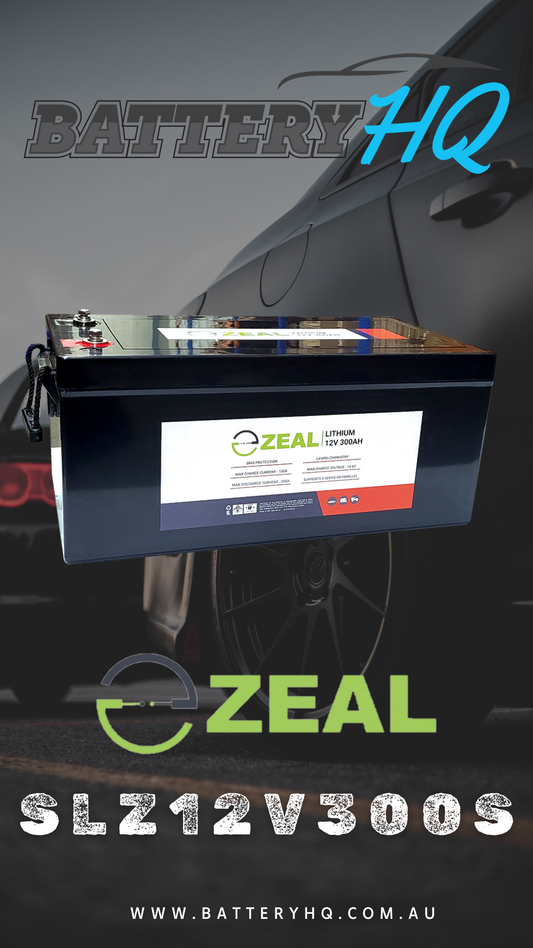 Call us
Call usZEAL LITHIUM SLZ12V300S
Regular price $2,880.00Regular priceUnit price / per$3,199.00Sale price $2,880.00Call us -
 Call us
Call usZEAL LITHIUM SLZ12V150S
Regular price $1,405.00Regular priceUnit price / per$1,559.00Sale price $1,405.00Call us -
 Call us
Call usSLZ12V100S ZEAL LITHIUM
Regular price $850.50Regular priceUnit price / per$1,049.00Sale price $850.50Call us
Optima
-
34M Optima Blue Marine
Regular price $419.00Regular priceUnit price / per$449.00Sale price $419.00Sale -
 Sale
Sale34R OPTIMA REDTOP
Regular price $419.00Regular priceUnit price / per$449.00Sale price $419.00Sale -
34/78 RedTop Optima (front terminals)
Regular price $419.00Regular priceUnit price / per$449.00Sale price $419.00Sale -
 Call us
Call us6V Optima Red Top
Regular price $419.00Regular priceUnit price / per
Remco
-
 Call us
Call usRemco RM12-100DC-M8 100AH AGM
Regular price $399.00Regular priceUnit price / per -
 Call us
Call usRemco 12v 100ah front terminal
Regular price $499.00Regular priceUnit price / per -
RM12-110LFPXSLSS Remco Super Slim Lithium 110AH DC2DC
Regular price $1,699.00Regular priceUnit price / per$1,749.00Sale price $1,699.00Sale -
RM12-150LFPXSLSS Remco Super Slim Lithium 150AH DC2DC
Regular price $2,699.00Regular priceUnit price / per$2,799.00Sale price $2,699.00Sale
Powersonic
-
 Sale
SalePS1212 F1 12v 1.4Ah
Regular price $28.00Regular priceUnit price / per$30.00Sale price $28.00Sale -
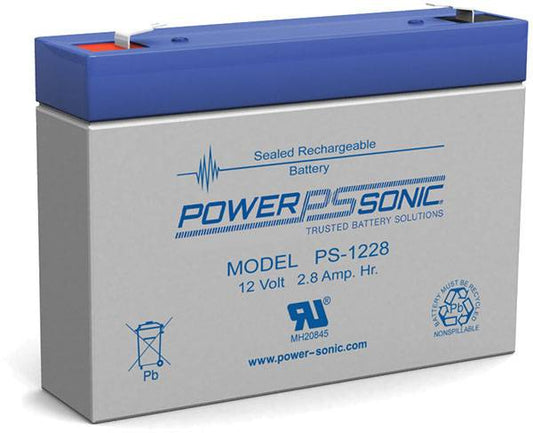 Call us
Call usPS1228 2.8AH F1
Regular price $28.00Regular priceUnit price / per$32.00Sale price $28.00Call us -
PS1220 12Volt 2.5ah F1
Regular price $32.00Regular priceUnit price / per$36.00Sale price $32.00Sale
Max Power
-
 Sale
SaleYTX4L-BS Maxpower
Regular price $70.00Regular priceUnit price / per$85.00Sale price $70.00Sale -
 Sale
SaleYTX5L-BS Maxpower
Regular price $75.00Regular priceUnit price / per$90.00Sale price $75.00Sale -
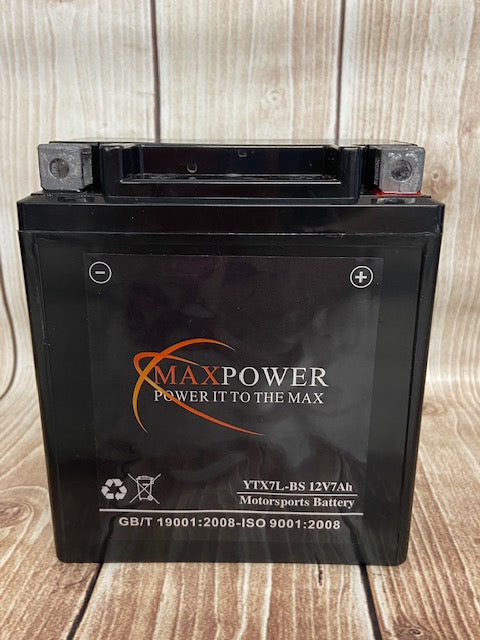 Sale
SaleYTX7L-BS Maxpower
Regular price $90.00Regular priceUnit price / per$110.00Sale price $90.00Sale -
 Call us
Call usYTX12A-BS Maxpower
Regular price $110.00Regular priceUnit price / per$120.00Sale price $110.00Call us
Can't find what you're looking for?
Give our friendly staff a call or pop into our store for FREE advice and assistance with all your battery needs!.
82/193 South Pine Rd, Brendale Qld 4500
Phone: 0434 232 193





